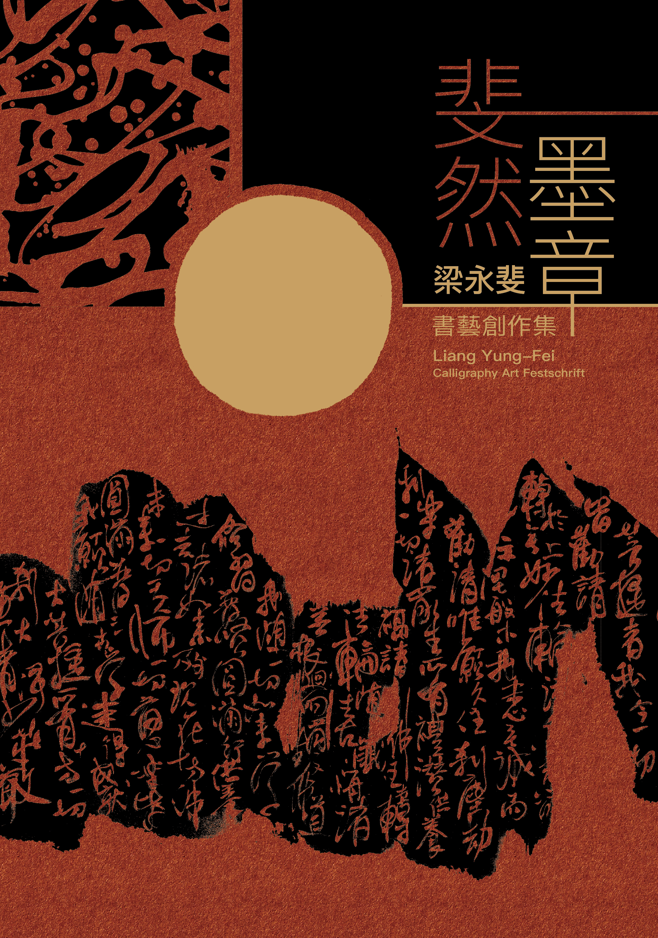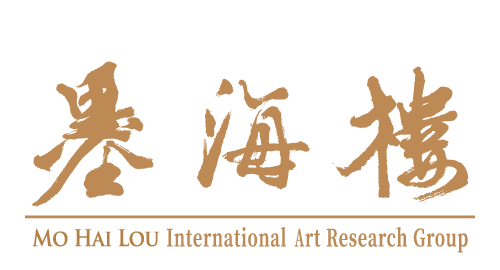Publications

《Fusion of Calligraphy and Ink Painting, Blend of East and West》
The evolution of Chinese characters first began from inscriptions carved out by knives. A brush has its limitations in fully expressing the spirit of calligraphic art. There must be power, speed and emotion, and the power comes from pressing the knife against the surface it is carving. Yung-fei’s calligraphy embodies the power of knife carving, ancient styles, and pictography. His words are self-contained, intriguing but not strange, while effortlessly striking a fine balance between conventional and radical. They fully encapsulate the original spirit of calligraphy, and are full of pictographic twists and turns, so his calligraphy is far more pictorial than the formal sense of writing. The greatest magic of calligraphy is that it does not use the content of the words to communicate with the audience, but the abundant power and emotion of the writer to move the viewer.
Calligraphic art should be wild but not chaotic. The difference between wildness and chaos is that the former is beautiful, and the latter is not. In art creation, beauty is derived from sensibility, and sensibility must be nurtured by rationality for such works to be attractive. Yung-fei’s lines are not subject to any limiting formal frameworks, but have a strong sense of musical rhythm. First-time viewers of his work might find it hard to know where to begin and where it ends, but if you observe long enough, you will find that there are actually numerous starting points, and no matter where the viewer starts, it will take you on your own tour through the painting ‘to see, to play and to stay’. There are many contemporary artists who create messy paintings today, but noise will never become music, and music is not rigid, but full of various forms, gestures, and states. At present, there are many avant-garde artists, but those whose art has reached the realm of music rather than just mere noise, are extremely rare.
Yung-fei also studies Buddhism, and is very accomplished in Buddhist philosophy, often smiling naturally when in conversation. He is very at ease in life, but not naïve about the world, the difference of which lies in practicing and cultivating the power of his mind. For him, a true sense of joy and freedom can be found even in the most trivial details of everyday life. The two Dharma protectors around Shakyamuni Buddha are Samantabhadra Bodhisattva and Manjushri Bodhisattva. Samantabhadra Bodhisattva holds the Lotus Sutra, which can cover the entire universe and holds the power of heaven and earth in his hands. He makes sure the way of life does not deviate from the right path. Manjushri embodies wisdom and ingenuity, and he holds the Chintamani Stone in his hand. Even though the stone is small, it contains all beings in this world. It is very translucent, but can capture all the colorful light of the world. Yung-fei’s works have this kind of “wisdom” that breaks boundaries and embraces all things. It is truly exceptional that he not only has profound historical knowledge, works in a harmonious and generous manner, but can also integrate such knowledge and wisdom in his artistic expression.


